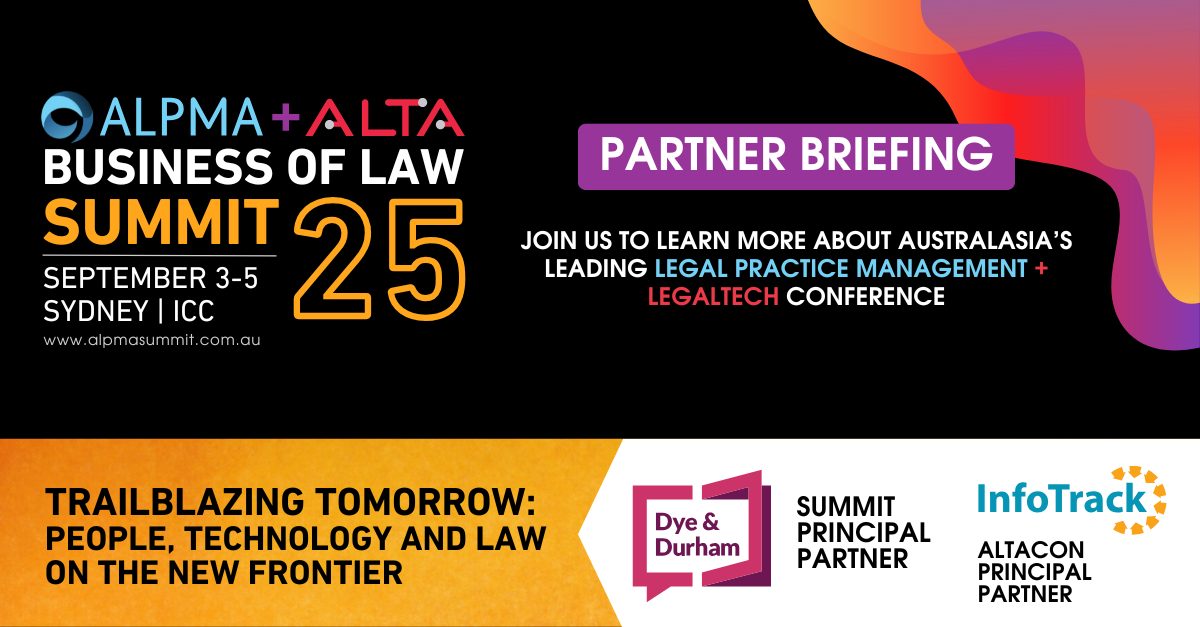Law firms are often targeted by money launderers because of the position of trust they hold in society.
Client red flags
It’s important to use a critical eye when it comes to your clients and prospective clients. There are several factors that would be a reason for your team to consider whether to carry out enhanced due diligence. These would be things such as:
- If your clients are PEPs (Politically Exposed Persons) or are HNW individuals (High Net Worth individuals)
- The presence of cash-intensive businesses such as a hair salon, barber or restaurant that could act as a front for money laundering.
- If your client is acting secretively, or in a way that is obstructing you getting all the information you need
- If your client cannot be found on the internet, or is a business owner but operates using a free-to–use anonymised email address such as Gmail or Yahoo.
The presence of any of these factors doesn’t necessarily mean that you cannot act for these individuals, but your firm-wide risk assessment should detail what you are willing to tolerate, along with the policies, controls and procedures in place to give the firm comfort in these instances.
Transaction party red flags
This is particularly useful to look out for when looking at trusts, trustees, and beneficiaries.
- Is the age of the parties unusual?
- Is there a logical connection between all parties (for example, it may be suspicious if working with a family trust but a beneficiary is requested to be added who has no relation to the family).
If there are unexplained beneficiaries in the trust or the reason, structure, or jurisdiction is not immediately clear, this would warrant a closer look.
Transaction red flags
Red flags relating to the nature of the transaction include:
- if your transaction is unusually large or complex for that client (if you have undertaken work for them before),
- if you notice that it involves jurisdictions that have minimal AML laws, or
- if the transaction involves using shell companies for reasons that are not clear.
Source of funds red flags
Understanding the source of funds is critical when considering your AML obligations. When looking at funds used in a transaction, watch out for:
- A third party supplying the funds with no connection to the transaction
- The funds being sent from a foreign country with no connection
- Large amounts of cash being used with vague explanations as to its origins
Other flags if it’s a property transaction include:
- No mortgage being required on a property
- An unusual ownership structure or sudden changes (e.g. flipping)
- There being multiple owners on a property (especially when their shareholding falls just shy of triggering reporting requirements)
- Sale price being lower than market value (or what would reasonably be expected)
Conclusion
Just asking the question, “does this make sense?” is an important part of playing the gatekeeper role and ensuring that your firm is not used for money laundering purposes.
If you come across one of the red flags described (keeping in mind this is not an exhaustive list), you need to ask more questions and collect further documentation/evidence until you reach a level of comfort about going ahead with the piece of work. If this evidence cannot be provided, you can either decide not to work with that client, and/or consider filing a SAR (Suspicious Activity Report).
About First AML
First AML streamlines the entire anti-money laundering onboarding and compliance process. Backed by real expertise, its cloud-based KYC Passport allows complex entities to share their verification across multiple companies and geographies, at their discretion.
Making an otherwise complex and manual onboarding process simple for clients and cost effective and compliant for businesses, First AML delivers efficiency and time savings, protecting reputations, and enabling companies to be on the right side of history in the face of global threats.
Keen to find out more? Book a demo today! No time for a long demo? No problem. See what First AML can do for your business in 2 minutes – watch the short demo here.




